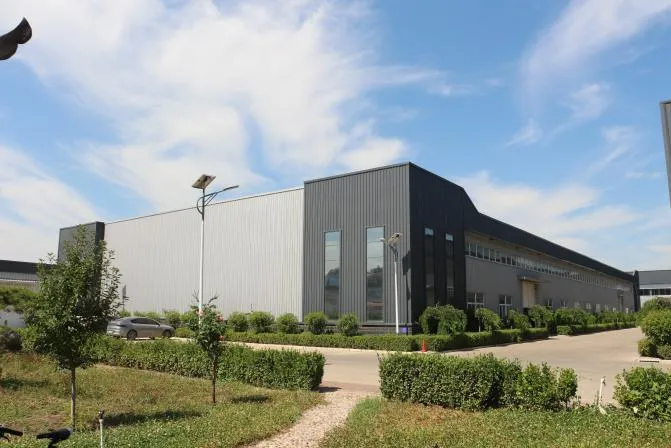
-
 Afrikaans
Afrikaans -
 Arabic
Arabic -
 Belarusian
Belarusian -
 Bengali
Bengali -
 Bulgarian
Bulgarian -
 Croatian
Croatian -
 Czech
Czech -
 Danish
Danish -
 Dutch
Dutch -
 English
English -
 Finnish
Finnish -
 French
French -
 German
German -
 Greek
Greek -
 hawaiian
hawaiian -
 Hebrew
Hebrew -
 Hindi
Hindi -
 Hungarian
Hungarian -
 Indonesian
Indonesian -
 irish
irish -
 Italian
Italian -
 Japanese
Japanese -
 Javanese
Javanese -
 kazakh
kazakh -
 Khmer
Khmer -
 Korean
Korean -
 Kyrgyz
Kyrgyz -
 Lao
Lao -
 Latin
Latin -
 Luxembourgish
Luxembourgish -
 Malay
Malay -
 Myanmar
Myanmar -
 Norwegian
Norwegian -
 Persian
Persian -
 Polish
Polish -
 Portuguese
Portuguese -
 Romanian
Romanian -
 Russian
Russian -
 Serbian
Serbian -
 Slovak
Slovak -
 Somali
Somali -
 Spanish
Spanish -
 Swedish
Swedish -
 Tagalog
Tagalog -
 Thai
Thai -
 Turkish
Turkish -
 Turkmen
Turkmen -
 Ukrainian
Ukrainian -
 Uighur
Uighur -
 Vietnamese
Vietnamese
Nov . 06, 2024 22:15 Back to list
how to pick the right size bike
How to Pick the Right Size Bike
Choosing the right size bike is crucial for both performance and comfort. Whether you’re an avid cyclist or a casual rider, having a bike that fits you properly can enhance your riding experience significantly. Here are some essential steps to help you find the right size bike.
1. Understand Bike Types
The first step in selecting the right size bike is to understand the type of bike you are interested in. Different types of bikes—such as road bikes, mountain bikes, and hybrid bikes—have different sizing conventions and geometries. For example, mountain bikes often come in small, medium, large, and extra-large sizes, while road bikes are usually sized by the frame's length in centimeters.
2. Measure Your Height and Inseam
To find the right size bike, start by measuring your height and inseam. Stand against a wall and mark your height with a pencil. For your inseam, measure from your crotch to the ground while standing barefoot. These measurements will help you refine your choices based on the manufacturer’s sizing chart.
3. Consult Sizing Charts
Most bike manufacturers provide sizing charts that match your height and inseam measurements with an appropriate bike size. These charts give you a general idea of which frame size may work for you. However, keep in mind that different brands may have slightly different sizing standards, so it’s best to refer to the specific chart for the brand you are considering.
how to pick the right size bike

Once you have a few sizes in mind, the most effective way to find the right fit is to test ride the bikes. Make sure you wear the same type of shoes you plan to wear while cycling. When you sit on the bike, check to see if you can comfortably reach the handlebars, pedals, and the ground. You should be able to stand over the frame with a slight clearance—typically a couple of inches for road bikes and more for mountain bikes.
5. Check Adjustability
Bikes come with adjustable features that can affect fit. Ensure that the saddle height and angle, as well as the handlebar height, can be adjusted to your preference. A bike that offers more adjustability may allow you to fine-tune the fit after purchase.
6. Seek Professional Help
If you’re still unsure, consider visiting a local bike shop. Professionals can offer fitting services to ensure that you are on the right bike. They can also provide insights into additional adjustments that can be made to increase comfort and performance.
7. Consider Long-Term Use
Lastly, think about how you plan to use the bike. If you're looking to do long rides, comfort becomes even more critical, while racing bikes may require a more aggressive fit. Keep your cycling goals in mind as you select your bike size.
In conclusion, picking the right size bike involves understanding bike types, measuring your body dimensions, consulting sizing charts, and test riding multiple bikes. A properly fitted bike not only improves your comfort and enjoyment but also enhances your overall cycling performance. Take your time, and don’t hesitate to seek help from professionals if needed. Happy cycling!
-
BMX 20 Inch Bikes for Freestyle & Street | Fat Tire Options Available
NewsJul.30,2025
-
322 High Quality 26 Inch 21 Speed Adult Mountain Bike OEM MTB
NewsJul.29,2025
-
Specialized Kids Mountain Bikes - Safe, Durable & Fun Riding Experience
NewsJul.29,2025
-
Little Kids Mountain Bike - Lightweight Bikes for Young Riders
NewsJul.29,2025
-
Kids Mountain Bike Trek – Full Suspension for 6 Year Old Riders
NewsJul.29,2025
-
High Quality 48V Electric City Bicycle with 350W Smart Rear Hub Motor
NewsJul.28,2025

